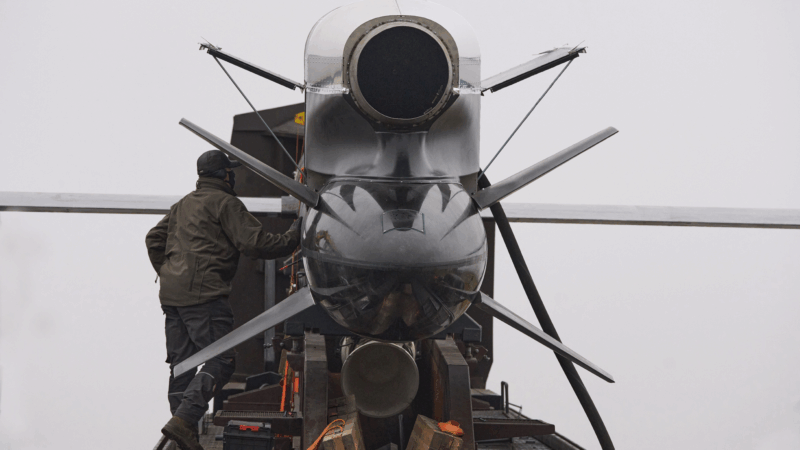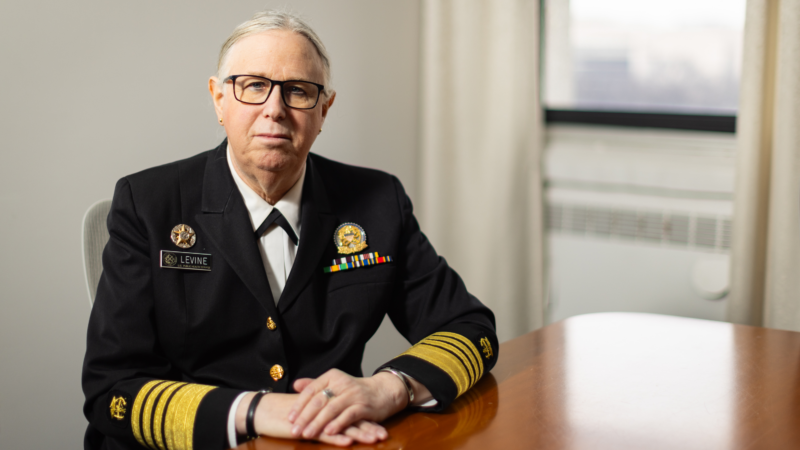Comet Passing is “Space Mission in Reverse”
There is plenty of activity in the night sky this weekend. In addition to the Geminid meteor shower, scientists say one of the brightest comets of the year will pass overhead. The Comet 46p/Wirtanen will be about 7 million miles away, which is close. In fact, it is one of the closest comets to pass by earth in recent times. Auburn University astrophysicist Dennis Bodewits says it is a rare sight.
“Comets are spectacular,” Bodewits says. “Not only are they amazing to see in the sky, but they’re also leftovers from the time when our solar system was formed.”
With this comet coming so close to earth, it is an opportunity for scientists to learn more about it. Bodewits will use three of NASA’s state of the art telescopes to zoom in on the comet and study its features. He is looking for more information about what it is made of and the activity of the gases around it.
“We call it a space mission in reverse,” Bodewits says. “Rather than flying to a comet and study it, this comet flies to us.”
If the weather is clear, Bodewits says the best view will be Sunday night. From a dark spot, the comet should be visible with the naked eye, but he recommends using binoculars or a telescope. Look for the Orion constellation and follow the arrow.
Russia unleashes drone and missile attack on Ukraine as diplomatic talks continue
Russia unleashed a major missile and drone barrage on Ukraine overnight into Saturday, after U.S. and Ukrainian officials said they'll meet on Saturday for talks aimed at ending the war.
Takeaways from the latest special election and what it means for control of the House
There was yet another sign this week of a potential 2026 wave that could hand control of the House of Representatives to Democrats.
West Virginians question National Guard deployments after attack on 2 of their own
Army Specialist Sarah Beckstrom was fatally shot in Washington, D.C., while Air Force Staff Sergeant Andrew Wolfe was seriously wounded. Trump says the deployments are necessary to fight crime, but others disagree.
Trump official signals potential rollback of changes to census racial categories
Trump officials are reviewing changes to racial and ethnic categories that the Biden administration approved for the 2030 census and other federal government forms, a White House agency official says.
HHS changed the name of transgender health leader on her official portrait
Admiral Rachel Levine was the first transgender person to be confirmed by the Senate to serve in the federal government. Her official portrait at HHS headquarters has been altered.
Trump’s ‘garbage’ comment met with disappointment in Somalia
In Somalia, people are pushing back and pointing to the positives after President Trump disparaged their country.






